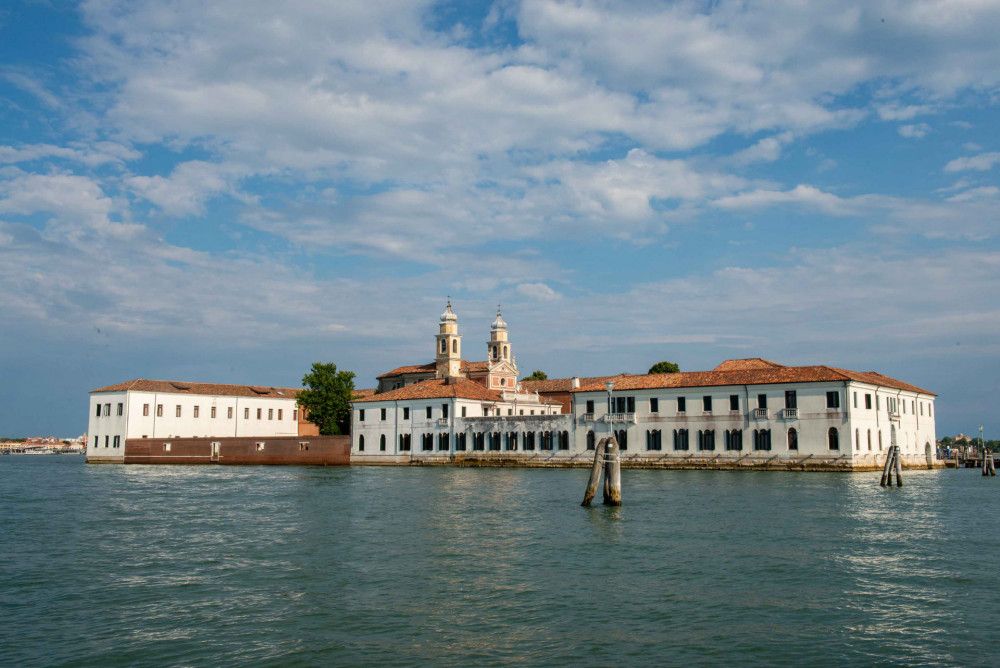
San Servolo
Island
Last news
Convegno
19th Arthouse Cinema Training
Convegno
San Servolo welcomes the Observatory Venice Summer School
Convegno
San Servolo Conference Centre: special offers 2022 and 2023

Island of San Servolo
Photo by Alberto Sinigaglia. Credits by Lago
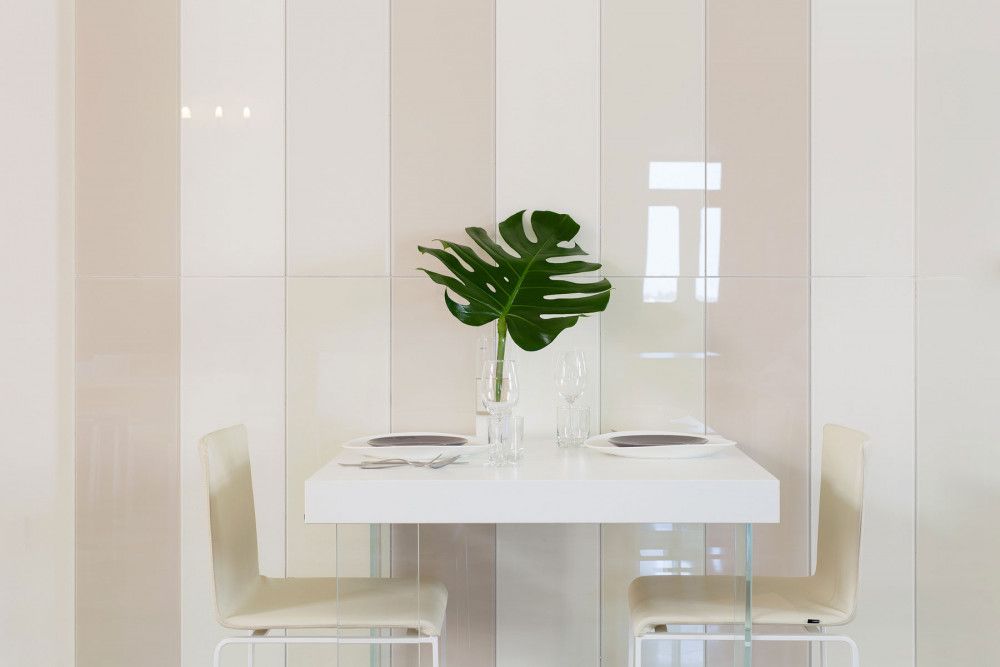
Cafeteria, Island of San Servolo
Photo by Alberto Sinigaglia. Credits by Lago
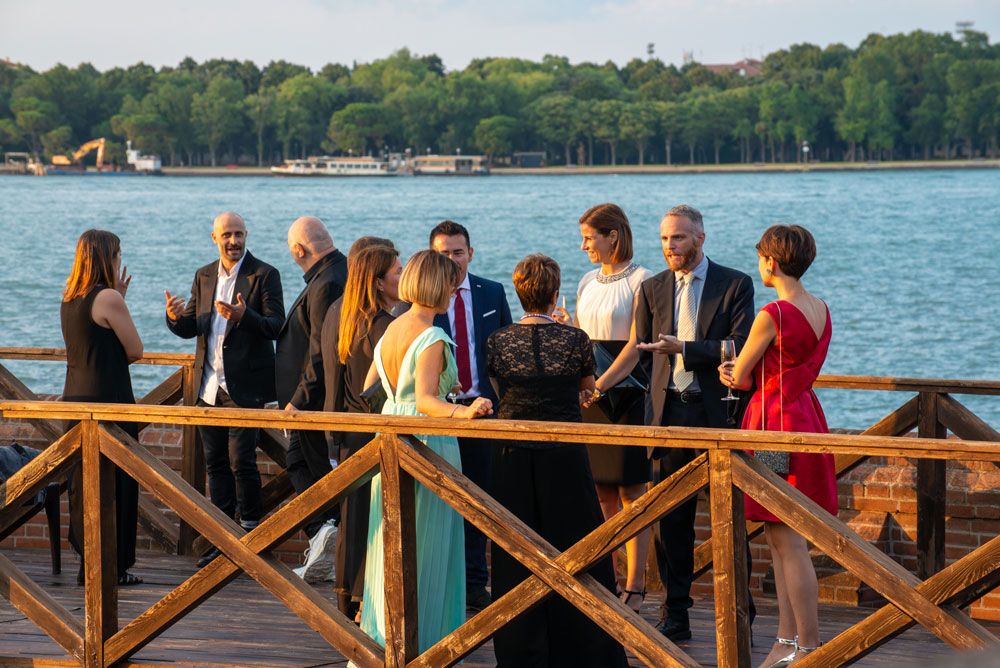
Event on the Island of San Servolo - MFAwards 2018
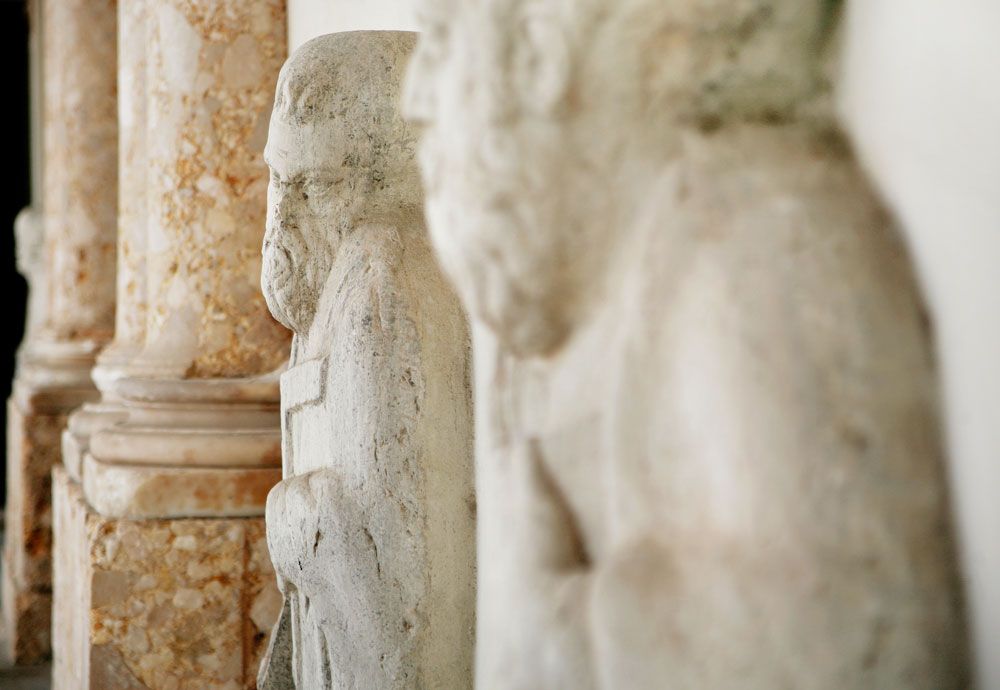
Detail of the church, Island of San Servolo
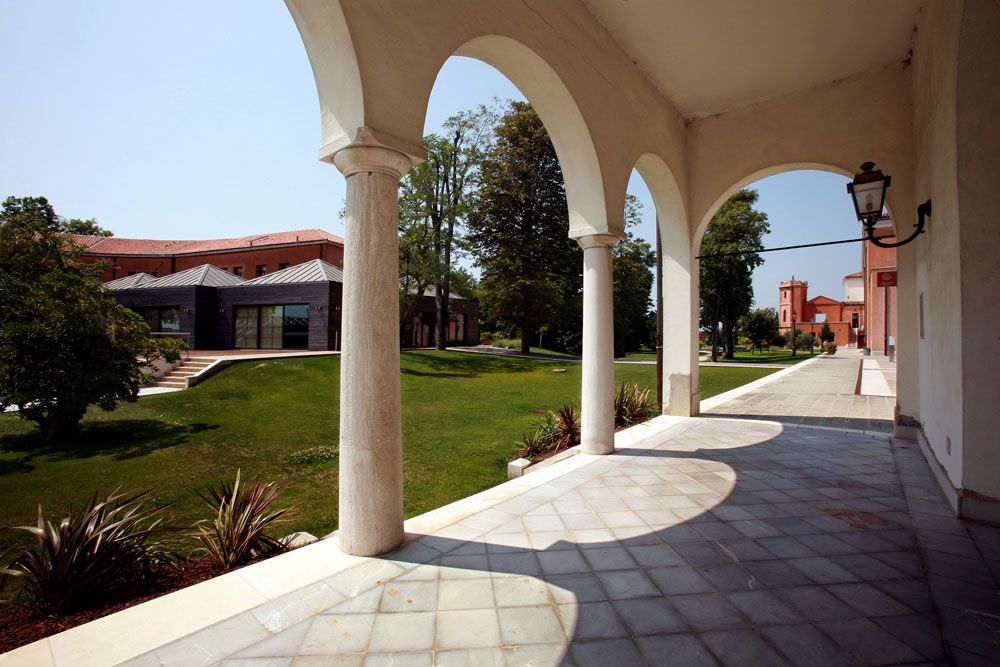
Outdoor Porch, Island of San Servolo

Exterior, Restaurant hall, Island of San Servolo
The Island
A fascinating and original environment, the island is the perfect place to organise exclusive events in Venice. Just a few minutes by water bus from Piazza San Marco, the congress centre has numerous rooms for meetings and corporate and private events, exhibition areas and multipurpose spaces for cultural events.
In the heart of one of Venice city centre’s largest parks, the residential centre can accommodate more than 300 guests in an international atmosphere.
The Island of San Servolo, composed of a large architectural complex and a lovely park, was a monastic seat for a thousand years, then it housed psychiatric patients until the hospital’s closing following the psychiatric reform of 1978. Its first settlement dates back to the 7th century, when a group of Benedictine monks took refuge on the narrow and marshy island. In 1647, the complex was given to a group of Benedictine, Dominican and Franciscan nuns from the island of Candia. Next, the Senate of the Venetian Republic decided to use the Island of San Servolo to house the many injured who fled the clashes with the Turks. Medical services were provided by the Padri Ospedalieri di San Giovanni di Dio, now known as Fatebenefratelli. From that time on, the island’s history became closely linked with the authorities’ attitude toward disabling illnesses in general, and mental illness in particular. The Province of Venezia, now known as the Metropolitan City of Venice, retained ownership of the island. In the 1990s, it began an architectural recovery programme to protect and promote it through its in-house company, San Servolo – Servizi Metropolitani di Venezia.
The restoration of the Island of San Servolo is one of the most complex and challenging interventions undertaken by the Administration of the Province of Venezia, currently the Metropolitan City of Venice, in terms of the assets being protected, the intended use, and for the financial commitments which saw the use of substantial resources provided primarily from the funds under the ‘Special Law for Venice’. The goal, however, was not solely to restore the island to its former splendour through a long and difficult conservative restoration. Above all, the Metropolitan City of Venice, the owner of the asset, wished to entrust to the future a historic, architectural and cultural asset of undisputed value, returning the island to the international community and making it an active and dynamic part of Venetian life. The many activities held there on a continuous basis confirm this vocation whose primary aim is to support international dialogue and comparisons between different cultures for the economic and cultural benefit of the Venetian area. This asset has been made accessible and functional by directing the use of the monumental complex of the entire island as a congress centre, education and study centre and residence centre. In line with the Metropolitan City of Venice’s institutional objectives, the following bodies have their offices on the Island of San Servolo:
• San Servolo srl, in-house company of the Metropolitan City of Venice
• Venice International University
• Csc Immersive Arts Labs
Inaugurated in 2006, the San Servolo Insane Asylum Museum contains items once belonging to the psychiatric hospital that operated on the island until 1978. The Museum’s scientific aspects were curated by professors Diego Fontanari and Mario Galzigna. The design is by architect Barbara Accordi. The Museum is divided into sections: laboratory, clinic, workshops, patients and therapies, restraints, items made by the patients, accommodation, anatomy room and photographic collection.
The Museum’s purpose, already implicit in its name (Madness Locked Away), is to highlight the marginalising and segregating aspect of the mental hospital through specific exhibits, descriptions and explanatory panels. The Museum is a place to read, discover and learn about the painful ties that bound the community to this part of its territory.
For information on visiting the museum, see Visit the Museum
In 1716, the year the Padri ospedalieri di San Giovanni di Dio settled here, San Servolo was home to a small convent and an improvised hospital with no apothecary. The Fathers, better known as Fatebenefratelli, were expert pharmacists, physicians and surgeons, and were put in charge of managing the military hospital.
The Fathers had a small garden where they cultivated medicinal herbs. Starting from this small plot, Milanese Alberto Sacchetti created an apothecary that was of such high quality that in three years, the hospital of San Servolo was recognised by the government of the Serenissima. In 1719, the San Servolo apothecary was officially assigned to provide medicines for the militia. The good quality and perfect composition of the medicinals produced at San Servolo were even certified by the Collegio dei Filosofi e Medici di Padova (College of Philosophers and Physicians of Padua) and by the surgeon of the Serenissima naval division. The apothecary continued to operate through the hospital’s conversion to a psychiatric hospital and until the hospital’s closing in 1978.
The old apothecary jars and a few instruments are on display at the Insane Asylum Museum.
The presence of a place of worship on the island has been documented as far back as the 9th century. Its structure and decorations have been transformed several times over the centuries, until 1752 when the Fatebenefratelli monks called on master builder Gaetano Brunello Murer to rebuild the church. The first stone of the new buildings was laid on 9 March 1759 and the outer walls of the church were completed in 1761. Then, in October and November of the same year, Jacopo Marieschi painted the ceiling of the nave and the chancel, with “The glory of Saint John of God before the Virgin” and “The three theological virtues”, respectively. The church was renovated again in the early 1800s with the addition of a loggia beneath the façade with its large window topped by a gable flanked by the church’s two bell towers, something totally new in Venetian architecture.
The church is included in the tour of Insane asylum museum.
Over the centuries, the park has developed to become one of the largest in Venice. It is an integral part of the Island of San Servolo and is unique, not so much for its shape, as for the presence of a number of very old trees. In addition to the Canary Island date palm that visitors see when they first arrive on the island, there are also large American aloes, linden trees, hackberry trees (also known in Italy as “stone splitters”), hybrid plane trees, Japanese pagoda trees, tall Aleppo pines and centuries old olive and ailanthus trees, interspersed with large butterbrush shrubs.
It is a relaxing green oasis for guests at the residential centre, for students who can experience a truly out-of-the-ordinary study setting and for Venetians who often go there for pleasant walks and to discover the open-air “art gallery”. The park has, in fact, often been “interpreted” by various contemporary artists with site-specific installations. Visitors can admire permanent sculptures by Arnaldo Pomodoro, Pietro Consagra, Han Meilin, Oliviero Rainaldi, Bořek Šipek, Sandro Chia, Fabrizio Plessi , Gianni Aricò, Umberto Mastroianni, Carin Giudda, Ann Karin Furunes.

Island of San Servolo
Photo by Alberto Sinigaglia. Credits by Lago

Cafeteria, Island of San Servolo
Photo by Alberto Sinigaglia. Credits by Lago

Event on the Island of San Servolo - MFAwards 2018

Detail of the church, Island of San Servolo

Outdoor Porch, Island of San Servolo







